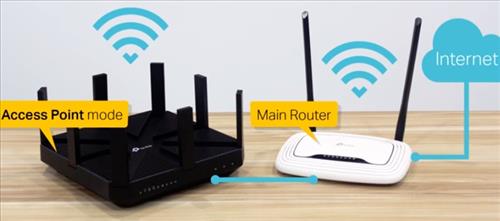
Using an old router to extend a wireless signal is a low-cost way to build a better wireless network.
Old routers can be used as an access point or WiFi extender by running an Ethernet cable and changing a few settings.
This can be used in many situations, from extending wireless to a garage or boosting wireless to a room with a bad WiFi signal.
The difficulty of doing this is low to medium. If you had set up a router before and logged into its settings with a computer to change a wireless password, you likely would not have a problem setting up an old router to extend the WiFi network.
Things Needed to Setup a Router as a WiFi Extender or Access Point
- Second Router
- Ethernet Cable for Setup
- Ethernet Cable run from Main Router to Extender/AP Router
- Laptop or PC to log into Router
- Router Username Password (Can be set to Default)
Any old router will work, even routers built 10-15 years ago. Obviously, the newer the router, the better, since wireless technology has improved over the years.
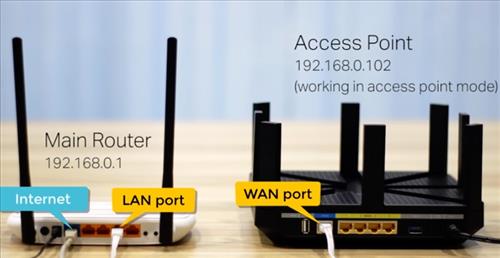
Keep in mind each router will have its own options and setup screen, including login passwords.
While the setup menu screen will be different most all will have the basic options to use it as a wireless Extender/AP.
An explanation of these steps, along with screenshots, are below for more detailed examples.
How To Turn an Old Router Into a WiFi Range Extender or Access Point (Quick Overview)
- Log Into the Router
- Disable DHCP
- Change IP Address Sub-net to Unique Number (Only last number)
- Connect an Ethernet cable from the main Router to the extender/AP router LAN Port
Steps for Turning an Old Router into a Wireless Range Extender or Access Point
- If you don’t have the Username/ Password, factory reset the router.
- Connect the router to a laptop or PC with an Ethernet cable.
- Log into the router with the IP address it is on.
- Log into the router with a Browser such as Chrome or Firefox.
- The username and password of the router will need to be entered.
- Go into wireless settings and set up an SSID and password for the WiFi.
- The most important setting for the router is to Turn Off DHCP.
- Give it a unique IP address by changing the last subset to a higher number.
- The last step is to place the router where it is needed and run an Ethernet cable to it.
This is not necessary if you already know the routers Username/ Password; otherwise, it will need a factory reset.
Routers have a small Pin Hole located somewhere that when pressed for 2-5 seconds factory resets it.
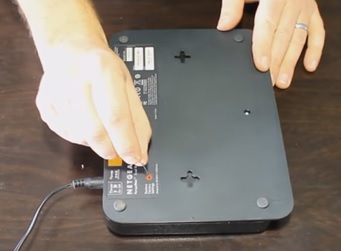
A paper clip can be used to insert into the pinhole and press the button.
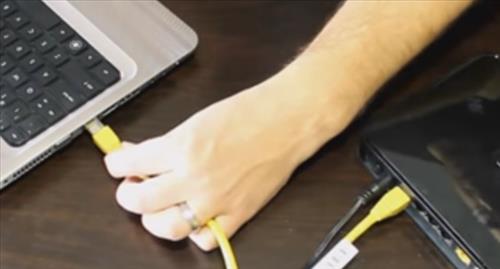
Turn off all other internet connections to be sure you are logging into the correct router
Sometimes the IP address will be on the bottom of the router; if not, it can be found using a command prompt Window.
Click the Window Icon on the computer and, type in CMD and press the Enter Key.

A command prompt box will come up. In the box type in ipconfig
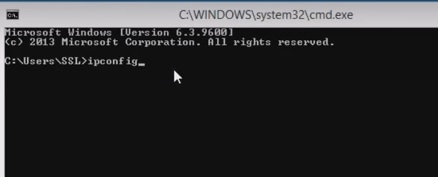
We need the Router Default Gateway IP address to log into to it. Here the default gateway IP is 192.168.1.1
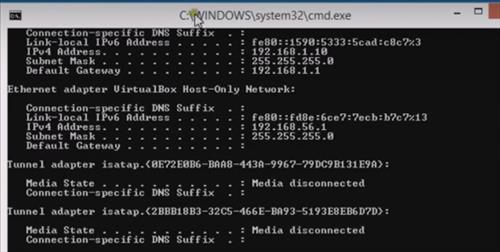
Open any Browser, and in the URL box at the top, type in the IP address of the router.

If you don’t have a username and password, simply do a Google search of the router name and model for the default username/password.
Common username/passwords are admin/no password, or admin/admin.
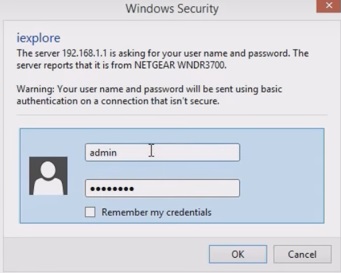
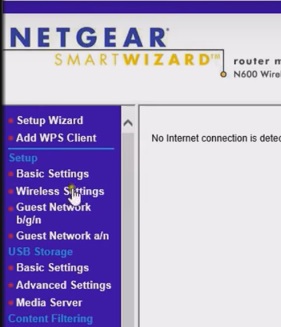
Each router will have a unique menu system, but the options will be there somewhere.
Give a new SSID broadcast name that is easy to remember. This is what a wireless device will see when searching for WiFi.

This setting is usually found in Advanced and LAN Setup.
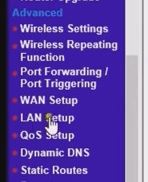
Turn off DHCP.
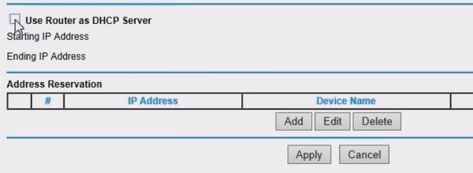
We don’t want the old router assigning IP addresses as the main router will do this. We simply want it to act as an access point.
For example, here the IP address has been changed from 192.168.1.1 to 192.168.1.220

The first three subsets will remain the same and should match the main router, only change the last subset to a high number.
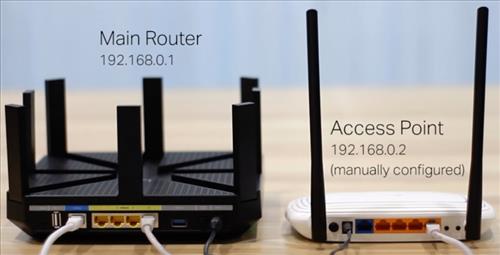
Be sure to only plug the Ethernet cable into the LAN ports on both routers.
Summary
Using an old router to extend your current WiFi network is not a difficult task.
If you have never set up a router before, buying a wireless range extender may be a better option.
There are many good low-cost wireless range extenders available.
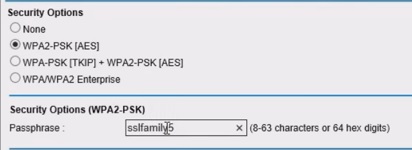
Good. Somehow i heard of an interference caused by the used of a wireless range extender, meaning that the range extender could bloc the signal of the main router. Is like both are competing over the same broadband.
Can I run a Ethernet cable from my main router to a switch and then to the old router?
HI THERE TRIED THIS WITH AN OLD VIRGINMEDIA D-LINK ROUTER. AND IT WORKS GREAT EXTENDED THE RANGE TO THE REAR OF THEHOUSE. WERE IN THE PAST WE COULD NOT GET A SIGNAL. THANKS FOR THE ARTICLE.
I just watched your video (sorry i should have done that already) and found out that yes, i do need to run a ethernet cable from my Main router to any access point i set up in the home. Thank you- very informative video! and easy to understand for those of us that need help in this department! thanks again
GREAT INFORMATION. KEEP US INTELLIGENT.
FRANCISCO V.
So Do i need to run the ethernet cord from Main Router (additional port) to Access Point Router (Ethernet port) ? or where does the other side of the ethernet cord plug into? My main router is plugged into my desktop, where i need wifi in my home i have no desktop.
Setup And Configure Belkin Range Extender –
1. Just Unbox Your Extender And Plug it to the Power outlet and turn it on .
2. Now Go to Your Computer Or Phone And Refresh The Network List , Their You Can See a Unsecured Network By The Name Of Belkin.setup . Please Connect with it .
3- Once Connected it should Automatically Take you to configuration Portal . If Not than open Any Browser Like chrome , safari , firefox Or Internet Explorer And Type “http://belkin.range”
4- Now it Will Search For network name Around the extender Please select your Main Router Network and hit Next
5- Type the password of your main router and Tap Next .You Can Also Create New SSID (network name) and Password for Your Belkin extender if you wish .
Since this is a access point….. When plugging the Ethernet cable to it….. Where does the other side of the Ethernet cable plug in to? On my main router it is the desktop computer. Where i need more signal is where im trying to get wifi in my home.
This is great thanks. Will the additional Ethernet ports on the router also be useable?
Yes, all except for the WAN port. Leave that one empty.